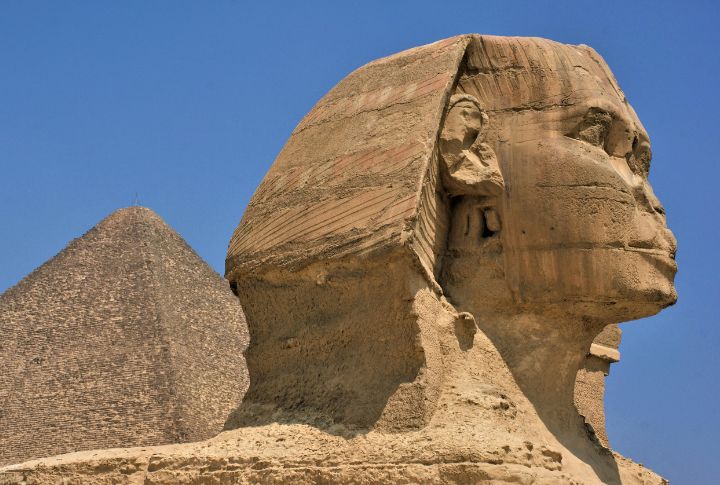
For something that doesn’t speak, the Sphinx sure knows how to keep secrets. Beneath that calm stare lies a thousand-year riddle still teasing experts. Archaeologists are finally starting to crack it, one grain of sand at a time. Ready to meet Egypt’s most patient storyteller?
Egypt’s Sphinx Was A Guardian

Sphinx faces the exact point where the sun rises over the tombs of Giza. Its position and nearby temple ruins suggest it was built as a guardian watching over the dead. Unlike the Greek version, Egypt’s Sphinx protected life beyond death, rather than threatening it.
Workers Feasted Lavishly During The Build

Excavations around the Sphinx’s base uncovered ovens, storage pits, and piles of animal bones, which are signs of workers who ate well. Cattle and goats from royal herds supplied their meals. This evidence suggests not slaves, but skilled laborers proud to serve a king’s vision.
Strictly Speaking, The Great Sphinx Isn’t A True Sphinx

The figure at Giza breaks the Greek pattern completely. Instead of a winged woman posing riddles, it has a man’s head and a lion’s strength. Patterns in the limestone hint that wind once carved the hill into a lion’s outline, and after years, refined by the Egyptians to form a guardian of power and protection.
Its Name Has Shifted Across Eras And Rulers
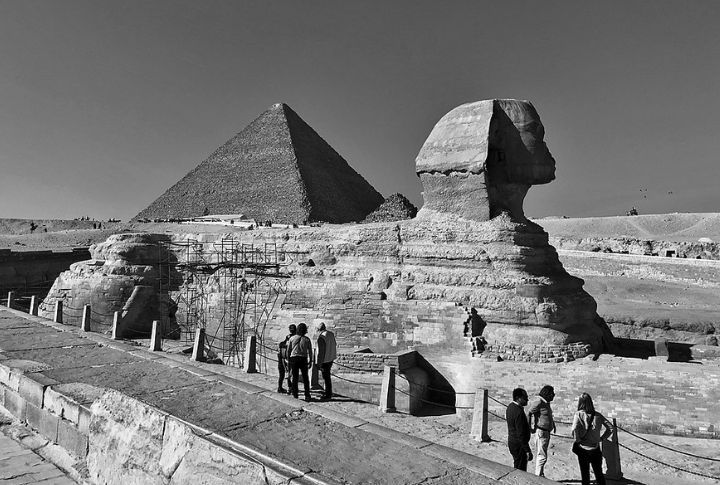
Long before “Sphinx” entered the lexicon, ancient people called the monument Hor-em-akhet, meaning “Horus of the Horizon.” The Greek name arrived centuries later, carried by travelers who recognized only the form, not the faith behind it. Through language alone, the statue of Giza quietly changed identities without ever moving an inch.
The Identity Of Its Creators Remains A Mystery
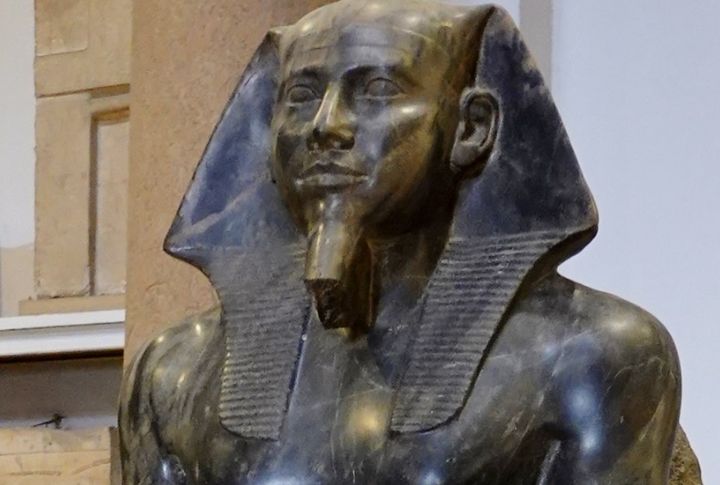
No inscription reveals who built the Sphinx. Tool marks and quarry cuts align with work from Pharaoh Khafre’s reign, but no record confirms his hand. Whoever directed the project left behind the stroke of their chisels and a face eternally turned toward the rising sun.
Construction Was Abruptly Halted
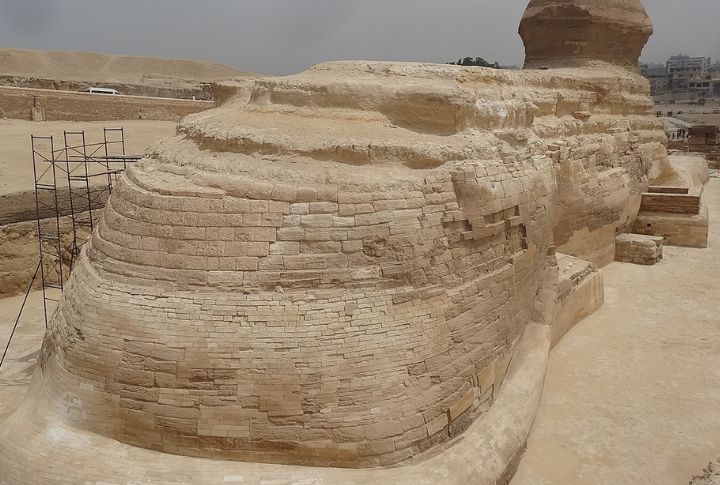
Grooves in the limestone stop mid-cut, while rough stone still clings to the Sphinx’s back. The work ceased before polishing could begin, leaving surfaces that read like a story interrupted. It feels as though time itself withdrew before the final blows were struck.
The Sphinx Once Dazzled In Vibrant Colors
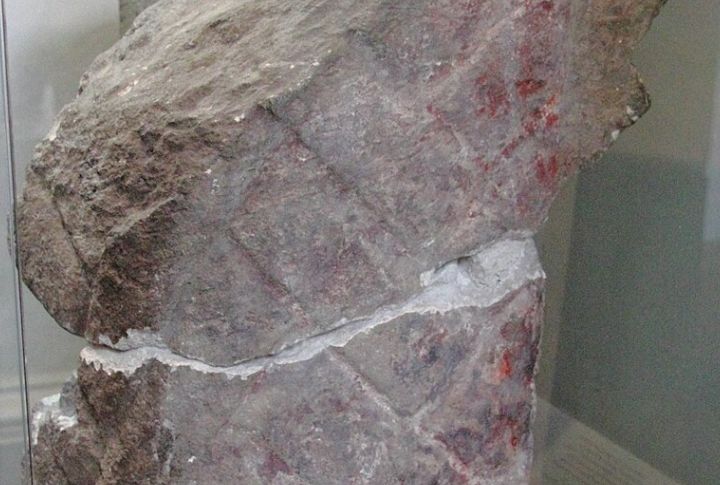
Recent restoration work uncovered faint traces of red, blue, and yellow pigment clinging to the Sphinx’s limestone. These remnants suggest the structure once blazed with color under the Egyptian sun; its face tinted crimson and its body adorned in bright hues, showing it was never meant to stand bare in stone.
Centuries Of Sand Concealed The Monument From View

For ages, the desert swallowed the Sphinx again and again until only its face stared out across the dunes. Each attempt to uncover it vanished under the next storm. When twentieth-century excavators cleared away the last of the sand, the world saw its full body for the first time in centuries.
Devotees Worshiped The Sphinx Long After Its Creation
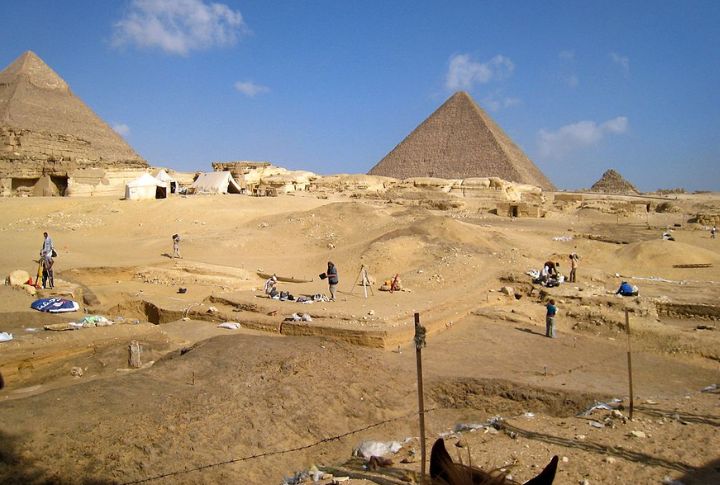
Archaeologists have uncovered small temples and votive offerings, beads, bread, and incense, placed before the monument by later dynasties. Pilgrims came seeking favor from the stone colossus. Even forgotten gods faded more slowly in Egypt than the devotion carved into Giza’s very soil.
Its Royal Headpiece Vanished
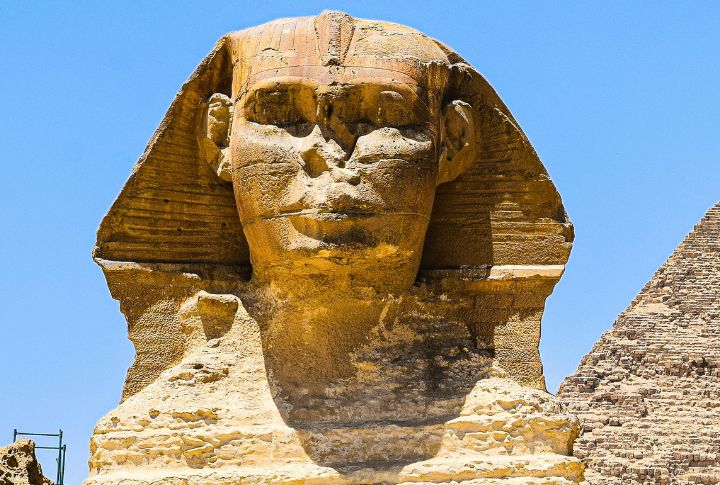
Wind and time erased most of the Sphinx’s royal crown, but traces remain. Across its forehead, faint grooves show where a cobra once rested—the emblem worn by pharaohs. These lines reveal that the monument originally displayed a full striped headdress, which later wore away over the years of sand and sun.

